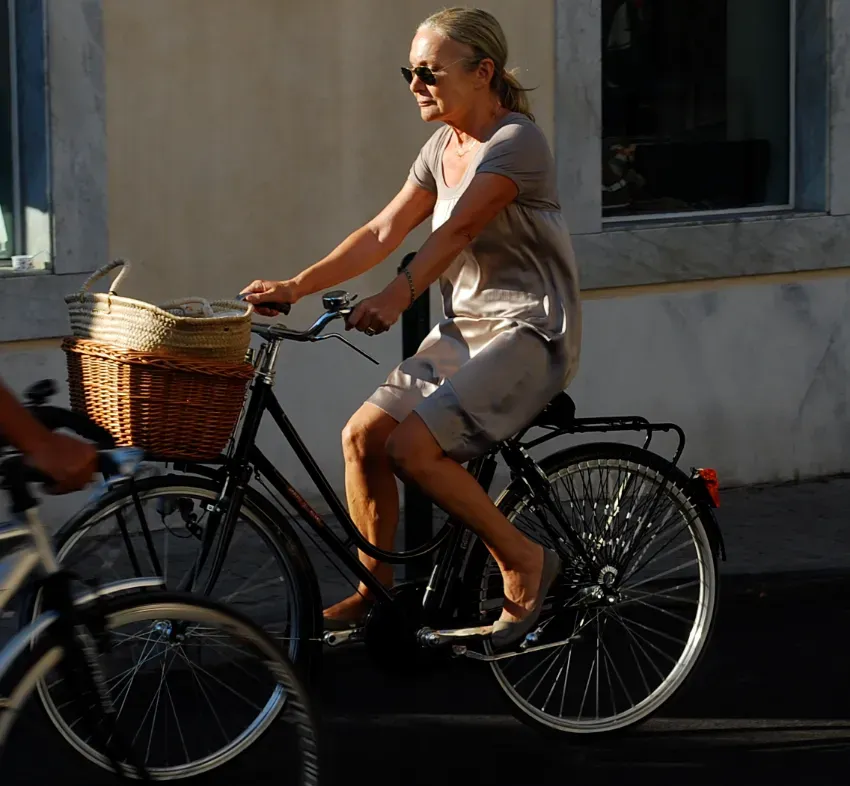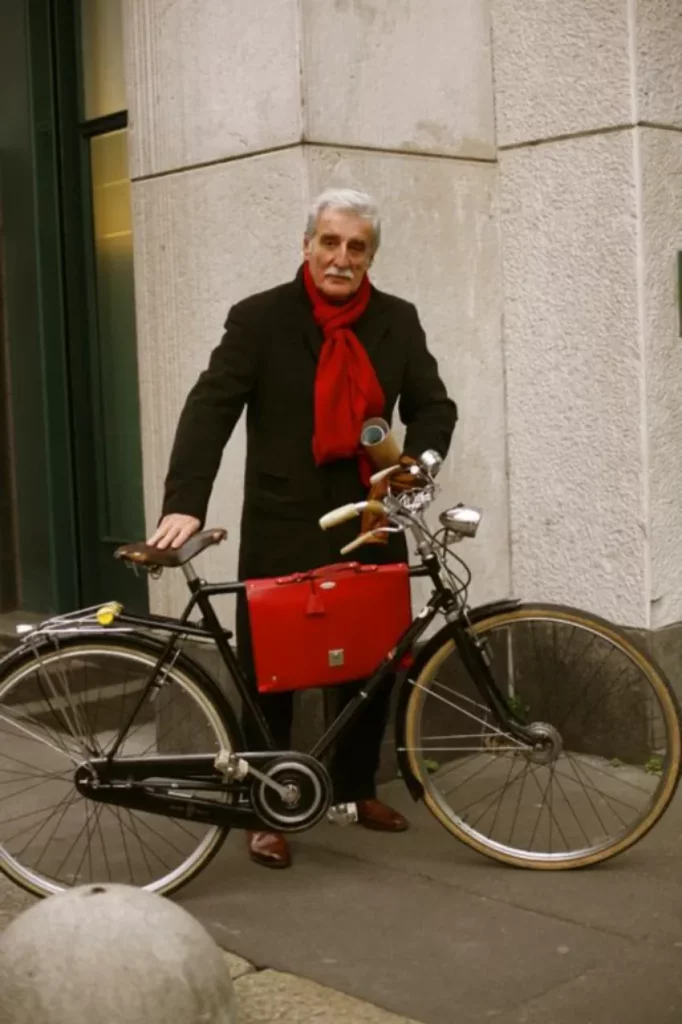As one of the few cities I’ve ever lived in long enough to require a non-tourist Visa or enroll my children in school, I have a sense of how things could play out in New York when their city-bike scheme has had time to shake down.
I’ll be there in a month to welcome an envoy of riders from New London Architecture with a talk at a special event at the American Institute of Architects Centre in Greenwich Village.
As exciting as that promises to be, given I wrote the book on biking for architects, I’m equally thrilled that I will be in New York during Citi-bike’s first tumultuous month. This is a big deal—bigger than Bloomberg’s cycle tracks or his transformation of Times Square. Those are fixtures visible from the tiniest percentage of the whole city. These blue bikes are mobile, so they will be seen everywhere, including where bike haters will object to them being. They will inevitably start summoning against traffic on New York’s one-way streets or, to avoid cars, start taking to sidewalks.

Across New York, we hear the nonsense screams of bike haters and rule-lovers directed at Citi-bike riders. If the alternative is looping the block to backtrack a few yards because a sign reads “one-way”, I’m sure most city-bike riders will choose the abuse. I know I certainly would. I’ve recently helped supervise a permeability mapping study of another city that revealed how damaging one-way streets are for bike transport, especially when bikes are banned from the sidewalk.
At the same time as Citi-bike riders are being yelled at, they themselves will be yelling all along the length of New York’s sacred cycle tracks. Those tracks are about to have thousands more riders acting for them as people plows, sweeping pedestrians from bike-only turf.
And boy, can cyclists be effective at sweeping! If you accidentally step into motorized traffic, drivers will brake if they can and probably look rather panicked. Two years back, I accidentally stepped backward with my bike onto the Manhattan Waterfront Greenway and was roared at by cyclists who would sooner have broken all of our collarbones than dream about braking.
In some ways, I’m a little surprised New York has taken so much advice about cycling from Copenhagen, with its network of designated bike tracks. The vibe of New York is not really all that Scandinavian. I mean, where is New York’s Little Denmark?
They do have a Little Italy, though. And what does every corner shop sell? Pizza! There are hardly so many joints that sell Danish pastries. And who do you New Yorkers remind you of when they wave their arms while they’re talking? They remind me of Italians. Meanwhile, the closest thing the Danes have to gesticulation is the precise code of hand signals they use when they’re cycling. Otherwise, they’re struggling to move their arms on the dance floor. Just ask Mikael (pictured above) about the night I waved my arms on a dance floor in Denmark, and not a single thrill seeker could be flushed from the crowd to join with some 80s rap moves that I can guarantee have thrilled ladies in every other country I’ve been to.
So I’m asking, what hope does the lane-abiding, hand-signaling, box-turning, bike culture of Lutheranism’s ultimate welfare state have in New York? Perhaps Protestant bike culture could have taken hold while the city’s cyclists all owned their own bikes and prided themselves on knowing how to make time on the gridiron. But now that every New Yorker has access to wheels, the city’s Italian genetics seem set to shine through with Italian-style cycling. (So glad my Danish friend’s book has been released just in time in Italian.)

Bikes are integral to central Ferrara, Milan, Modena, and Ravenna’s functioning and increasing Florence as the vehicular exclusion zone expands from the center. Urban cyclists in Italy do not need bike lanes drawn on their cobbles or left-turning bike boxes. Neither do delivery van drivers expect to find car lanes. And pedestrians certainly don’t care if there are sidewalks. In areas with population densities comparable to many parts of Manhattan’s, the imposition of the order would hinder, not help, the viscosity of mixed modal traffic. One style of cobble extends from the doorsteps on one side of the street to the other.
You quickly learn to cycle with the occasional squeeze of the brakes or a gracious tinkle of your bike bell. As for frightening pedestrians or being yelled at by them: the idea is totally foreign. Removing everyone’s sense of entitlement to public space, means everyone shares.
I’m not saying anything the Dutch traffic engineer Hans Monderman didn’t say too. Jane Jacobs also remarked on the gracious way cars would share streets with kids playing ball games back in the fifties. So I wonder how it could happen that I’m the only one saying this kind of thing now, as New York prepares for unprecedented bickering over who can go where, when, and how.
The well-meaning rule makers—like whoever at Slate wrote the “10-point resolution to end the decades-long conflict between walkers and bikers”— remind me of Cartman from Southpark when his bossiness left him with no one to play with except his soft toys.
How did America conclude that bikes need their own lanes, even when there is no traffic from which they need shielding? Two things occurred. Urban theorists of the sixties—Lynch, Cullen, those guys—spoke and wrote of pedestrians as though they were sacred cows. That would have been fine had it not been for the Vehicular Cyclists, led by John Forrester, succeeding in having bikes classified along with motorized vehicles. In countries like Italy, cyclists retained their pedestrian status.

While ever it was only a few New Yorkers who owned their bikes who were doing all of that city’s riding, that charade was allowed to continue. Now that anyone can grab a bike for a buck, the natural order that Italians kept hold of seems destined to return to New York.
Then what? In no particular order, I think the one-way street system will eventually topple; the whole width of trial streets (maybe Bleecker) will be cobbled and have bollards to stop cars from entering; on-street parking will be phased out; and in some utopian future, Americans will let people ride bikes inside buildings.

